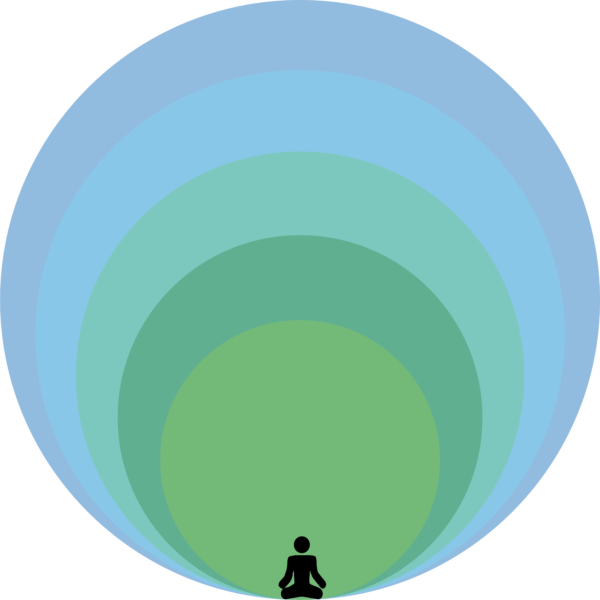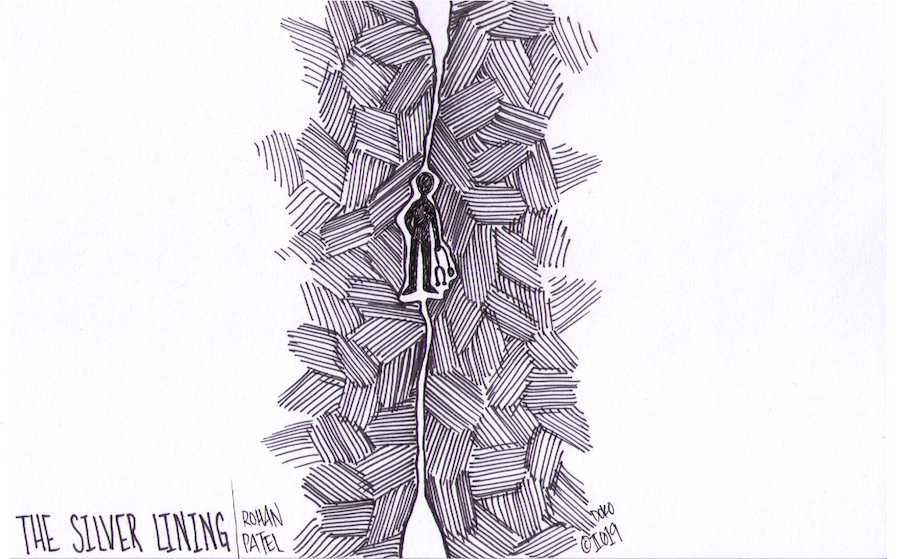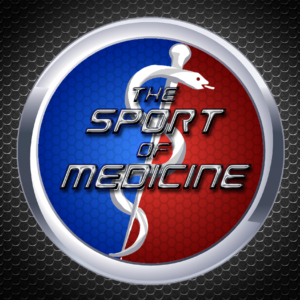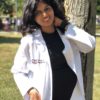 Archana Bharadwaj (6 Posts)
Archana Bharadwaj (6 Posts)Contributing Writer
Central Michigan University College of Medicine
Archana Bharadwaj is a second-year medical student at Central Michigan University College of Medicine in Mount Pleasant, Michigan. In 2013, she earned her Bachelor's of Science with a major in Biopsychology, Cognition, and Neuroscience and a minor in Gender and Health from the University of Michigan. She went on to earn her Master's in Public Health in Health Behavior and Health Education with a specialization in Health Communications from the University of Michigan in 2016. Outside of school, she is an avid foodie with a penchant for traveling. After graduating medical school, Archana would like to a pursue a career in Anesthesiology.
In Color
In this column, I will explore the unique challenges of training as a provider of color and offer solutions for improving diversity and inclusion in medicine. Through conversations with colleagues of color, including premedical students, medical students in training, and residents, I hope to create a community where we can learn from one another, cultivate allyhood, and find support in our professional journeys.
After our conversation, I’ve been thinking a lot about creating community. As students of color, especially in areas with low diversity, we create our communities of allies with other students of color or students who are open-minded and willing to learn. For students who come from places with established diversity, the transition to creating communities of their own can be a challenge.
This column is for the non-traditionals, like me. We graduated with a goal, worked with a purpose and returned to school with a dream. I left health care for more health care; I switched stethoscopes on my first day of medical school.
For my first student interview, I spoke with Nana Amma Sekyere. She is a fellow second-year medical student at Central Michigan University College of Medicine (CMED). She actively promotes diversity at CMED by leading the Student Diversity Committee.
I sat down with Jade Johnson, the Coordinator of Diversity and Inclusion at Central Michigan University College of Medicine (CMED), to talk about current initiatives to further promote cultural competence on campus.
What does it mean to lead a meaningful or purposeful life? One common feature that appears in many cultures is the pursuit and attainment of happiness throughout life. Recent research has unearthed predominant patterns in happiness, and consequently, two major perspectives have emerged: hedonia and eudaimonia.
“Wow, your accent is so impeccable! How long have you been learning English?” “You must have so many doctors in your family, I’m sure it is easy for you.” “Do you really want to become a doctor? Or is it just because your parents are forcing you to do so?”
“Time of death: 12:26 p.m.” Hearing those words on the first day of my Intensive Care Unit (ICU) rotation was surreal when just a few hours ago we were discussing the patient’s status during rounds.
In college at the University of Michigan, I struggled to find the right place for my blended identity. I felt like the students involved in Indian identity groups were judgmental of those students who did not fit their specific idea of what it meant to be Indian. A friend at the time who was involved in one of those groups would refer to me as an “Oreo” — brown on the outside and white on the inside — for not watching Bollywood movies.
A recent publication in the Journal of Neurology caused significant outrage not only within a forum dedicated to Black doctors and trainees, but also in the medical community online at large. Much like the rest of the readers, I was deeply troubled and did not understand the purpose of the article.
My eyes ran across the same paragraph for the fifth — or maybe even sixth — time in the span of 15 minutes. Though I was giving my undivided attention to the paragraph, I could not move past it; I was at a complete loss for how to convey my next point.
I believe in the power of storytelling. As an avid sports fan, I am no stranger to the captivating narrative of athletes.
I gritted my teeth as I stretched my pinky finger across the fretboard of my acoustic guitar, reaching for the last note in a D-sharp chord. My unconditioned hand was cramping from the fourth chord progression that I was trying to learn, and after straining a little bit more, I huffed in exasperation and slammed my tutorial book closed.
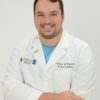 Ashten Duncan, MPH, CPH (11 Posts)
Ashten Duncan, MPH, CPH (11 Posts)Columnist, Medical Student Editor and Former Managing Editor (2017-2018)
OU-TU School of Community Medicine
Ashten Duncan is a third-year medical student at the OU-TU School of Community Medicine located in Tulsa, Oklahoma. A 2018-2019 Albert Schweitzer Fellow, he recently received his Master of Public Health (MPH) with an interdisciplinary focus from the University of Oklahoma Hudson College of Public Health. Ashten attended the University of Oklahoma for his undergraduate program, completing a Bachelor of Science (BS) in Microbiology and minors in Chemistry and French. An aspiring family physician, Ashten is currently on a National Health Service Corps scholarship. His research interests include hope theory, burnout in medical education, and positive psychology in vulnerable populations. Ashten is passionate about creative writing and what it represents. He has written pieces that have been published on KevinMD.com and in-Training.org and in Blood and Thunder and The Practical Playbook. Ashten is currently serving as Associate Author for the upcoming edition of First Aid for the USMLE Step 1.
The Lived Experience
As medical students, we sometimes lose sight of our purpose for going into medicine and feel that we are exerting ourselves excessively with little feedback from our environment. It is important that we remember that, while we are living through the experiences that come with our training, our future patients are also living through their own experiences. The focus of this column is to examine topics in positive psychology, lifestyle medicine, public health and other areas and reflect on how these topics relate to medical students, physicians and patients alike.



